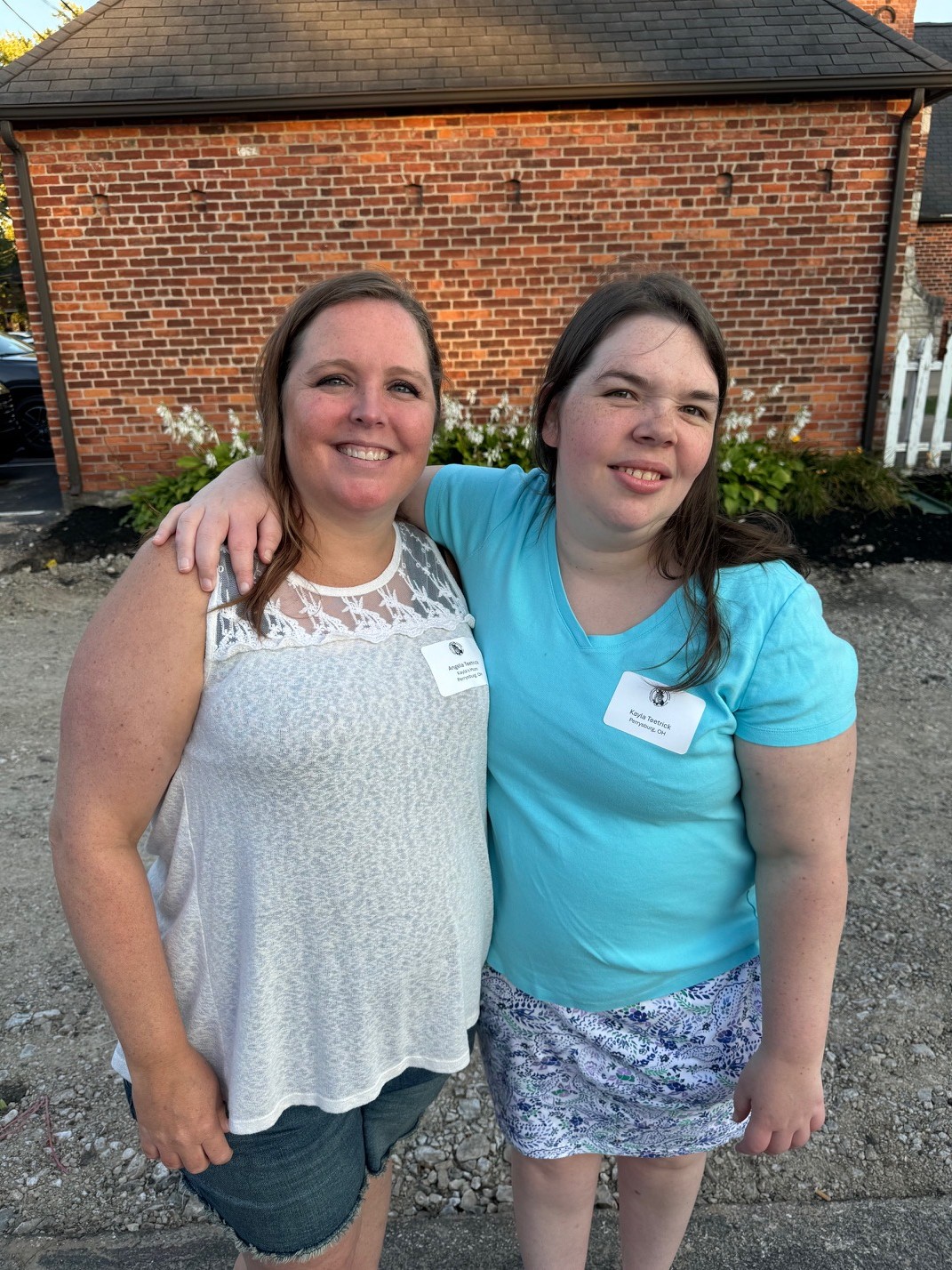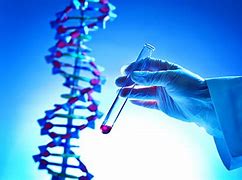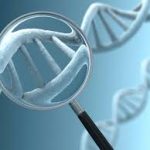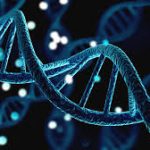Symptoms and Causes


How is Coffin-Lowry Syndrome inherited?
Inheritance is X-linked dominant which means it is inherited from the mother. A woman who has CLS herself has a 50% chance of having a child with CLS, depending on which of her X chromosomes are inherited by the child. However, in about 70-80% of cases, the mother does not have CLS nor is there any family history – this is known as a spontaneous mutation. In the absence of any physical signs or mental impairment, the mother of a child with CLS with no known family history is probably at low risk of having another child with CLS. 20-30% have more than one additional affected family member. There are no recorded cases of an affected male producing offspring, so the ability of CLS males to father affected children is not known. The father of an affected male will not have the mutation nor will he be a carrier of the mutation. [1]


In families with more than one affected individual, the mother of the affected children is an obligate carrier.
- Males with the CLS-causing mutation are always affected
- Females with the CLS-causing mutation are carriers and are at high risk for developmental delay and mild physical signs of CLS
There have been reports of mild expression of CLS in males who had the RPS6KA3 mutation but little is known about this form of CLS at this time.
Germline mosaicism has also been reported in CLS. “Mosaicism” means that the person’s body is made up of a combination of cells with and cells without a mutation, like a mosaic with some blue pieces, and some red pieces. “Germline” refers to the presence of cells with mutations in the egg or sperm cell supply only. Germline mosaicism is relatively rare, and this explanation does not apply to most families with a spontaneous mutation. The chances of a mother with germline mosaicism having another child with CLS is higher than the average population. There is no simple way to determine if the mother has germline mosaicism, and no one knows how often it occurs. Therefore, the absence of a mutation in the mother of a sporadic Coffin-Lowry patient does not rule out a recurrence risk for future pregnancies, and prenatal diagnosis should be offered. [1]
Coffin-Lowry Syndrome (CLS) is a rare genetic disorder that primarily affects males. It is caused by mutations in the RPS6KA3 gene located on the X chromosome. This gene encodes a protein called ribosomal protein S6 kinase alpha-3 (RSK2), which plays a crucial role in cell signaling and regulation of gene expression. The clinical features and symptoms of CLS are diverse and can vary significantly from person to person. Here, we delve into the nuances of these features, offering a comprehensive understanding of the syndrome:
Intellectual Disability and Developmental Delay
Individuals with CLS typically exhibit moderate to severe intellectual disability. Their developmental milestones, such as speech, motor skills, and cognitive abilities, are delayed. This characteristic is common in individuals with CLS.
Example: A 5-year-old boy with CLS struggles to communicate verbally and has difficulty grasping basic concepts like counting or recognizing colors. [1]
Distinctive Facial Features
Facial characteristics are a hallmark of CLS. These include a prominent forehead, thick eyebrows, down-slanting palpebral fissures (eyelid openings), and a wide nasal bridge.
Example: A teenage girl with CLS has a broad forehead, bushy eyebrows, and a flat nasal bridge, which give her face a unique appearance. [1]
Growth Abnormalities
Children with CLS often experience growth retardation. They may have short stature, particularly in adulthood.
Example: A 12-year-old boy with CLS is significantly shorter than his peers and falls below the growth curve. [1]
Skeletal Abnormalities
Skeletal features include short fingers and toes, joint laxity, and abnormal curvature of the spine (scoliosis or kyphosis). Skeletal Abnormalities is common with individuals with CLS.
Example: A 20-year-old man with CLS has unusually short fingers and a noticeable curvature of the spine. [1]
Seizures and Epilepsy
Epilepsy occur in approximately 5% of individuals with CLS. These can be generalized tonic-clonic seizures or focal seizures. Stimulus Induced Drop Episodes (SIDEs) or Drop attacks are fairly common in about 30% of individuals with CLS and can be debilitating.
Example: A 30-year-old woman with CLS experiences occasional focal seizures characterized by muscle twitches in her left arm. [1]
Behavioral Challenges
Behavioral issues are common, including hyperactivity, impulsivity, and aggression is widely reported and common.
Example: A 7-year-old boy with CLS has difficulty sitting still, frequently interrupts others, and occasionally displays aggressive behavior. [1]
Cardiac Abnormalities
Some individuals with CLS may have structural heart defects, such as ventricular septal defects (VSDs) or mitral valve prolapse.
Example: A 15-year-old boy with CLS undergoes cardiac evaluation due to a heart murmur and is diagnosed with a small VSD. [1]
Hypotonia (Low Muscle Tone)
Hypotonia contributes to motor difficulties and delays in achieving motor milestones. Hypotonia is widely reported and common with children with CLS.
Example: An 18-month-old girl with CLS struggles to sit up independently due to weak muscle tone. [1]
Renal Abnormalities
Kidney abnormalities, such as hydronephrosis or renal cysts, may occur in a subset of CLS cases but is not widely reported or common.
Example: A 40-year-old woman with CLS undergoes renal ultrasound, revealing mild hydronephrosis in her left kidney. [1]
In summary, Coffin-Lowry Syndrome presents a complex array of clinical features, affecting multiple systems. Early diagnosis and multidisciplinary management are essential for optimizing the quality of life for affected individuals and their families. Understanding the nuances of CLS allows healthcare professionals to provide targeted interventions and support.
References
[1] RPS6KA3-Related Intellectual Disability – PubMed (nih.gov) Rogers RC, Abidi FE, 2002 Jul 16. Updated Mar 2023



